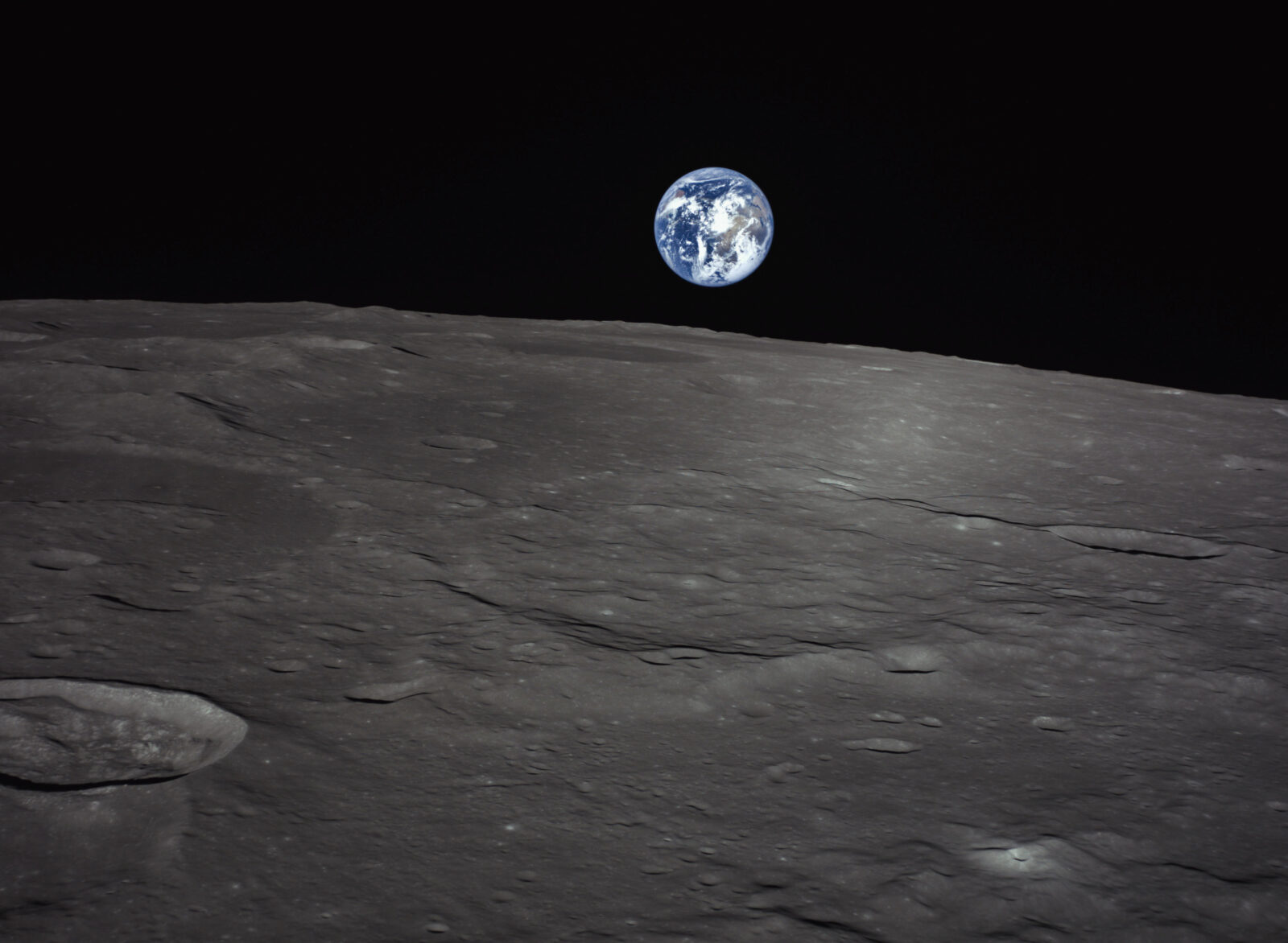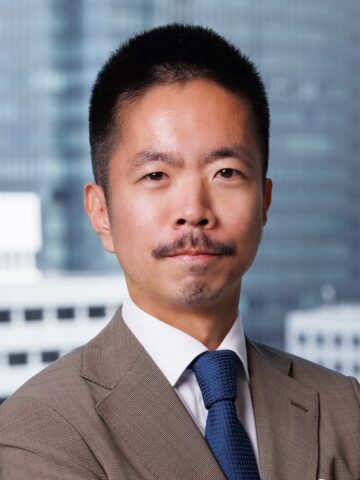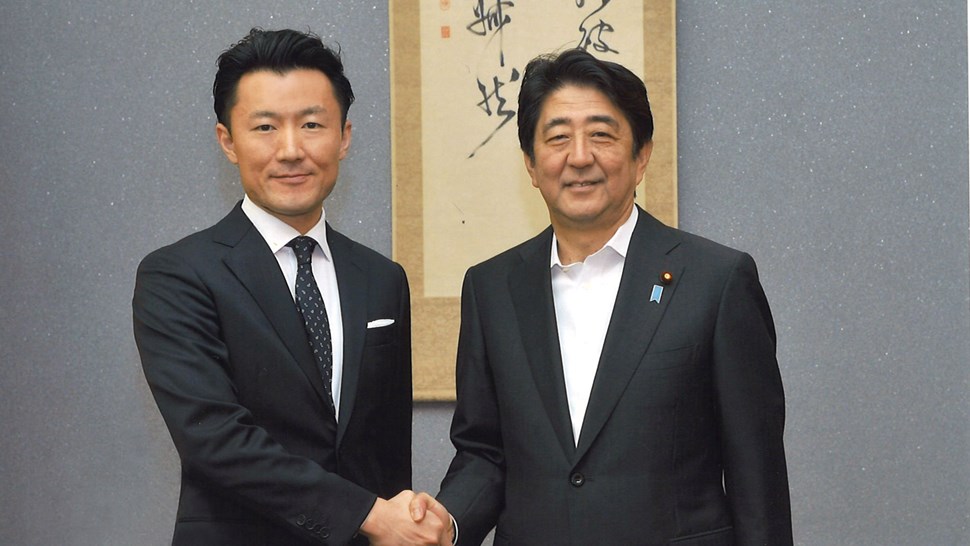Takeshi Hakamada talks about founding ispace and leading his company, through success and failure, toward its lunar aspirations.
In its orbit of the Moon, ispace’s Mission 2 captured the above view of the lunar landscape with Earth on the horizon.
Takeshi Hakamada, the 45-year-old founder of ispace, was hopeful early in the morning of June 6. The company’s second attempt to put a robotic lander on the Moon was about to touch down and spirits were high at its Tokyo headquarters. However, approximately 200 meters above the lunar surface, communications with the lander were lost. The team later confirmed the spacecraft had crashed on the lunar surface after a near-perfect 4.5-month flight from Earth. The disappointment was bitter, as the business’s first attempt had ended the same way. In both, the mission appeared to hit all milestones right up to the final minutes. And in both, the failure instantly made headlines.
But ispace remains undeterred. The Japan-led company has a highly skilled multinational workforce of more than 300, with operations in Japan, Colorado and Luxembourg. Through its broad vision and ongoing international partnerships, the company—the first Japanese space startup to be listed on the Tokyo Stock Exchange—continues engineering for space travel and plans to put a lander on the Moon with Mission 3 and Mission 4, both scheduled for launch in 2027.
We spoke with Hakamada on June 26 about the founding and future of ispace, and the connection he sees between the commercialization of the space sector and Japanese innovation more broadly.
What experiences led you to found ispace?
I’ve always been interested in space engineering, of course, inspired when I was young by the Star Wars movies. I wanted to design and build a cool starship. That was the dream. In high school, in preparation for the university entrance exams, I was required to take a non-science topic, and that’s when I became interested in economics and politics as well. So, in college, along with studying aerospace engineering, I continued to study economics. That was around the time that JAXA’s H-II rocket failed two or three times in a row, and that caught my attention.
Space engineering is a very comprehensive area. It requires many different areas of expertise, and those experts focus on their specific disciplines. But then when they’re promoted, they carry that perhaps narrow view with them into senior positions. So you wind up with decision-makers not necessarily seeing the optimization of the system as a whole. As a student looking at the JAXA problem, I was considering all this and the need for systems thinking.
Also, I was thinking about financing. I saw that, in decision-making in the very early design phase, we need to take into account a cost-economics perspective. By our nature, we engineers want to maximize performance without thinking about the cost. This is why I picked Georgia Tech for graduate school, because they have a big systems engineering lab but they also allowed an emphasis on economics.
How do you handle those competing concerns in managing projects?
It’s always difficult to balance between economics and performance. There is no clear rule, but it’s important for the management team to have an interest in getting that balance right.
I learned at Georgia Tech that my instinct was correct: very early in the design phase almost 80% of the cost structure has been fixed. After the initial design, it’s really hard to change the cost—only about 20% can be adjustable. So major decision-making has to be present at the very beginning of the design phase.
“There’s our vision—‘Expand our planet. Expand our future.’ That is key for everyone. It inspires everyone to be engaged and working together.”
What made you choose the Moon as your target?
To be frank, in the beginning, I didn’t have a particular interest in the Moon—my goal was to develop a cool starship. However, the Google Lunar X Prize, which was a global competition sponsored by Google to land a robot on the Moon, became a hook, and we entered that. The competition was a project that I knew would come to an end, so I began thinking about what a continuous business in space would look like.
At the time, it must have been around 2013, I considered asteroid mining—but I recognized asteroids are too far away. It takes two years to get to an asteroid and coming back is another two years. Developing a business like this was going to involve a lot of trial and error, so that didn’t seem like the right business target.
We began having discussions about potential water on the lunar surface. The Moon is relatively close by. Such water can be used as a propellant, dividing into hydrogen and oxygen, that can fuel rockets or satellites in the future. If you can do that, you’re not carrying extra fuel into space but creating it once you get there.
So that became my first goal, frequent travel to the Moon. This was before the Artemis program, NASA’s plan to return to the Moon.
How did you know that your company was ready to go public in 2023?
The IPO was a very strategic decision from the beginning. When we started large fundraising, we actually raised about $100 million by the end of 2017 in Series A funding. At that time the Japanese venture capital market was still small, so it was a surprise and an early success that we could raise that much.
From there we strategically decided to go to IPO at an early stage. It actually took longer than we thought. We needed to have a lot of discussions with the Tokyo Stock Exchange about whether space can really become a commercial market or not, and why the Moon was the best target.
We planned to do the IPO before our first landing attempt, which may have seemed unusual. However, by being able to conclude contracts ahead of the landing, we were able to show the growth of the business before the landing, and so we thought even if we couldn’t show profit in the early stages, we could show the roadmap to further revenue and profit. In the end, the timing of the IPO happened to be very close to the first landing attempt.
How are you and the company handling the disappointment around Mission 2?
We felt a very great sense of achievement in the first mission, before the landing attempt. That meant that for the second mission, everyone had even more confidence that we would be successful. And that made the ending a little harder for us.
To keep everyone focused, first of all, there’s our vision—“Expand our planet. Expand our future.” That is key for everyone. It inspires everyone to be engaged and working together.
There’s also our business model. We try to keep our sense of mission continuous, rather than focus entirely on one mission at a time the way a traditional space agency might do. Similar to SpaceX, we established several missions in parallel, so even when one mission ends, we can smoothly shift to the next and feed back what we’ve learned to the next mission immediately.
After Mission 2’s landing attempt, the management team and several others met to decide how best to moderate the company-wide session that evening. Management wanted to say, “Let’s go on to the next mission.” But we recognized some of our employees may need time to process this right after the failed landing. So, we decided to spend the session listening to everyone.
I remember some of the engineers mentioning how much they really appreciated the opportunity to work with their teams, and they wanted to highlight their achievement in getting as far as we did. Some, although not everyone, were already prepared to move on to the next mission.
In the end, my message was “I’m very committed. I’m one of those that’s already ready to go on to the next step. But I recognize that everyone has different emotions around this, different ways of processing it, so please take the time you need. When you’re ready, I’ll be here for you.”
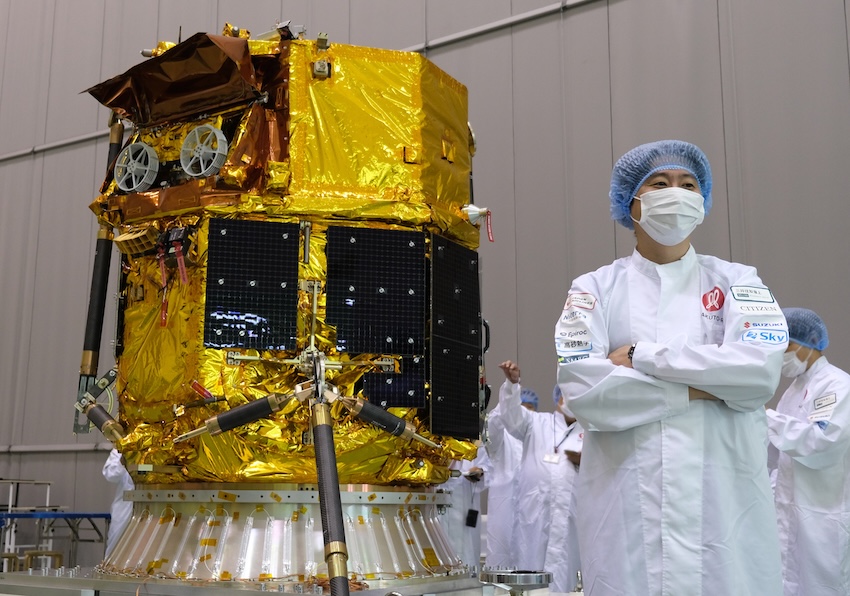
What is the most immediate work that ispace is doing, post-Mission 2?
It took just about one week for the engineering team to identify the technical cause. That alone shows our strong engineering capability and our resilience as an organization. Being Japanese, we feel responsibility for the failure—that’s part of our culture. So even though we had confidence in our understanding of what went wrong in Mission 2, we needed to be humble about those conclusions. So, we decided to invite a third-party expert to be part of an external review task force. We want to make sure we learn as much as we can and fill in the gap of whatever we missed in Mission 2.
You have many collaborations with other Japanese companies. How did these come about?
For Missions 1 and 2, which were R&D missions, we had a program called HAKUTO-R, a partnership program that combined marketing rights and collaboration with the companies. Mission 3 will be a commercial project, so I don’t think we’ll do that.
It worked with the initial missions because they were challenging and because Japanese companies wanted to support such innovation. We also wanted to invite more companies into the space business, especially the lunar business. For example, MS&AD Insurance Group was already providing launch and satellite insurance, but with us they launched lunar insurance. We became their first customer. Others can develop and demonstrate their specific capabilities using our project. We designed it as an entry to the space business for non-space companies.
In general, I think Japanese companies have excellent capability, but they need some encouragement to invest more in innovation, in new technology. Space is very attractive for everyone and embodies innovation, so it’s a good platform for them.
With proposed cuts to NASA, are you worried about the potential knock-on effect for the private sector?
I hope that NASA’s direction and strategy leads to more commercialization. They will have to reduce mission costs. They’ve already recognized that relying only on internal development is more costly than the private market.
The CLPS (Commercial Lunar Payload Services) initiative, which we are involved in through our US team, is a great example of that kind of commercialization. This is a great case for NASA to lower the cost but increase their capability. We’re going to deliver three of NASA’s scientific payloads to a landing site at the south pole. It’s a technically complicated mission to the far side of the Moon. We had to launch two relay satellites to allow communication from the far side.
Mission 3 is a commercialized project—we’re going to increase our payload capacity thereby increasing revenue and securing profit. We will have a camera system, a visual-based navigation system in addition to the laser range finder, which was the root cause of the second mission failure. We are also working closely with Draper Laboratory, which designed the guidance, navigation and control systems for the Apollo missions.
This is a hard job, with unexpected challenges.What keeps you going? Do you have any hobbies?
I try to keep healthy and run from time to time. I used to play sports. But these days I don’t really have any hobbies. Work fills that space.
More from this issue
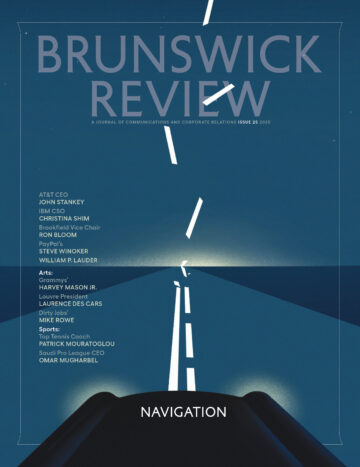
Navigation
Most read from this issue

Inside the Saudi Pro League

